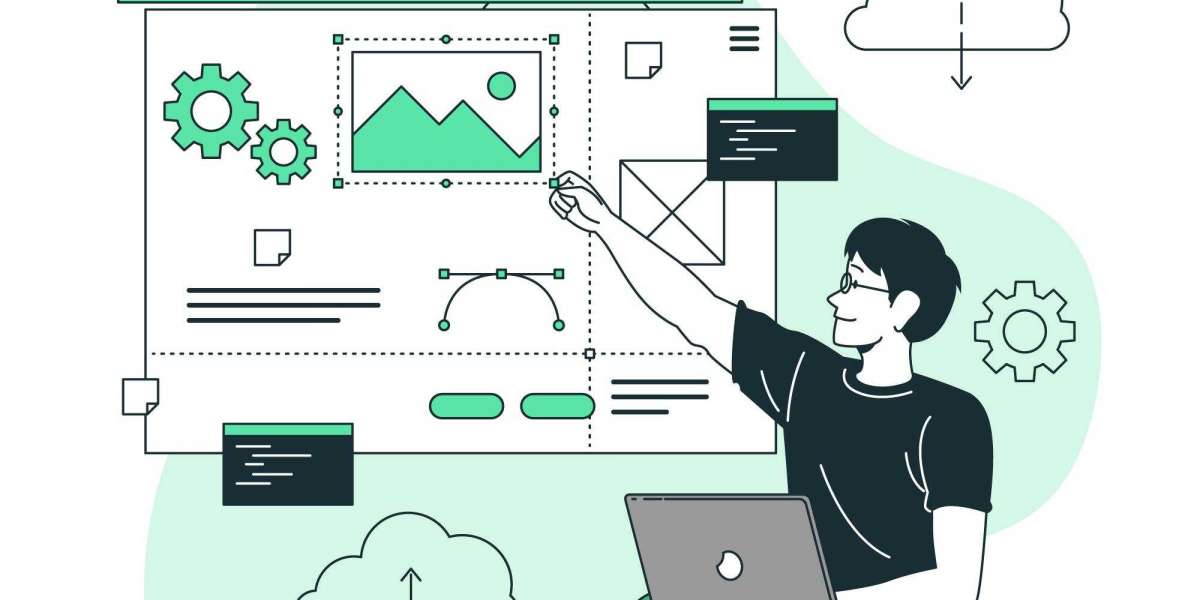The convergence of connectivity technologies and smart devices is enabling the development of the Internet of Things (IoT). IoT refers to the network of physical objects embedded with sensors, software and connectivity that allows these objects to exchange data with the manufacturer, operator and other connected devices. As more and more everyday devices become part of the IoT ecosystem, it is dramatically impacting various industries including the AV integration industry. In this blog, we will explore how IoT is influencing the AV integration landscape and driving new opportunities for AV integrators.
IoT Enabling New Levels of Control and Automation in AV Systems
One of the major impacts of IoT is that it is allowing AV systems to be easily controlled and automated through connectivity. With built-in networking capabilities, IoT enabled AV devices can now communicate with each other and be intelligently controlled either manually or through programmed triggers and conditions. This level of connectivity and controls automation was not possible earlier when devices had to be controlled individually. Some examples of how IoT is enhancing controls and automation in AV systems are:
Smart home integration: IoT enables AV systems to integrate with smart home platforms and ecosystems like Amazon Alexa, Google Assistant, Apple HomeKit etc. Homeowners can now control their audio, video, lighting and other systems using voice commands on these virtual assistants.
Automated control scenarios: Pre-programmed triggers allow automated control of AV systems based on certain conditions. For example,Dimming lights and closing blinds when playing a movie or lowering volume during a video call.
Remote access and control: Users can monitor and control their AV systems remotely through smartphone apps even when not at home. This gives more flexibility.
Self-monitoring and diagnostics: Connected AV devices can self-monitor performance and usage patterns. They can even diagnose and report issues automatically without manual troubleshooting.
Third party integrations: IoT makes it possible to easily integrate AV systems with other connected solutions like security, HVAC, energy management for a truly unified smart home experience.
So in summary, the integration of AV with IoT platforms has streamlined controls and enabled a new dimension of automated and intelligent control scenarios that deliver boundless convenience and experiences to users.
Enhanced Personalization and Custom Installation Solutions
Another key impact of IoT is that it is allowing AV integrators to develop more personalized and customized installation solutions for clients. Some ways in which IoT facilitates this are:
Remote configuration and testing: Integrators can remotely configure, program and test AV systems during installation using browser-based interfaces without needing to visit client sites each time. This saves time and cost.
Personalized home screens: Systems can be customized with individual home screens, layouts, profiles and preferences for each user in a family.
Tailored automation: Control scenarios can be tailored as per specific needs, schedules, and signal workflows of individual clients instead of generic approaches.
Flexible upgrade paths: Modular IoT based systems allow painless addition of new devices and features over the lifetime through simple software/firmware upgrades without rewiring.
Data collection: IoT generates usage data that helps integrators understand customer preferences, requirements better to enhance experiences over time.
Remote assistance: Integrators can provide remote support, diagnostics and assistance to clients long after installation using IoT connectivity.
So in a nutshell, the two-way communication abilities of IoT enabled devices empower AV integrators to fulfill bespoke installation and integration needs of their clients in a timely, cost-effective manner and deliver continually improving experiences. This enhances customer loyalty and satisfaction.
New Business and Revenue Models
Perhaps one of the most significant impacts of IoT is the rise of new and evolving business models it enables for AV integrators. Some innovative models gaining prominence are:
Managed Services: Instead of one-time installation fees, integrators can offer managed AV services with recurring subscription-based revenue streams. This includes remote monitoring, automatic upgrades, personalized support packages tailored to client needs.
Usage-based Pricing: Devices and systems can shift to flexible consumption-based pricing models where clients pay as per actual device usage and active subscriptions rather than large upfront Capex models.
Partner Ecosystems: Integrators can generate additional revenue streams through strategic technology partnerships, franchising programs, referral agreements while maintaining excellent customer experiences.
Predictive Maintenance: IoT generated diagnostics data helps shift from reactive to proactive maintenance approaches enabling new service contracts and long-term client engagements.
Application Marketplaces: Integrators can publish proprietary IoT based control applications, solutions and plugins on central marketplaces for universal discovery, access and monetization.
Outcome-based Offerings: Integrators move beyond hardware/capabilities-based selling to focus on quantifiable outcomes, metrics that demonstrate tangible business benefits for the clients.
Clearly, IoT is disrupting traditional business models while opening up a wide variety of innovative new commercial opportunities for AV integrators to explore through strategic planning and execution. This ensures continued viability and growth.
Security and Privacy Concerns
While IoT provides extensive benefits, the connectivity of systems also introduces new cybersecurity vulnerabilities that need to be addressed carefully. Some prevalent IoT security risks for AV systems include:
Hacking of home networks: Malicious actors can hack into home networks with IoT devices and gain access to other connected systems like security cameras, DVRs etc.
Lack of authentication: Many early IoT devices paid little attention to authorization, passwords, encryptions leaving them susceptible to brute force attacks.
Default credentials: Many devices shipped with factory default settings like passwords exposing them to exploits without configuration changes.
DDoS attacks: Large botnets of compromised IoT devices were used in massive DDoS takedowns highlighting the potential impact.
Privacy leakage: Personal data from connected AV systems can potentially be tracked, mined, sold without users consent and vulnerabilities exist.
However, security best practices are now being mandated by regulations like General Data Protection Regulation (GDPR) helping address these issues. Key measures include:
Secure default configurations
Mandatory strong authentication
Regular security updates
Minimizing exposed attack surfaces
Privacy by design frameworks
Vulnerability reporting systems
Conclusion
To summarize, the Internet of Things is rapidly transforming the Audio Visual Integration sector by enabling new levels of connectivity, control paradigms, personalization and business models. While security risks need careful oversight, overall the impact of IoT on AV is overwhelmingly positive by breaking physical constraints, streamlining experiences and unlocking innovation. Integrators embracing IoT can craft the differentiated solutions that clients seek across diverse application spaces going forward. With strategic moves towards managed services, partner ecosystems and outcome-based offerings - the future remains extremely bright for the convergence of AV and IoT.
Read Related:- https://vhearts.net/post/521761_case-study-successful-av-integration-in-corporate-environments-introduction-with.html







